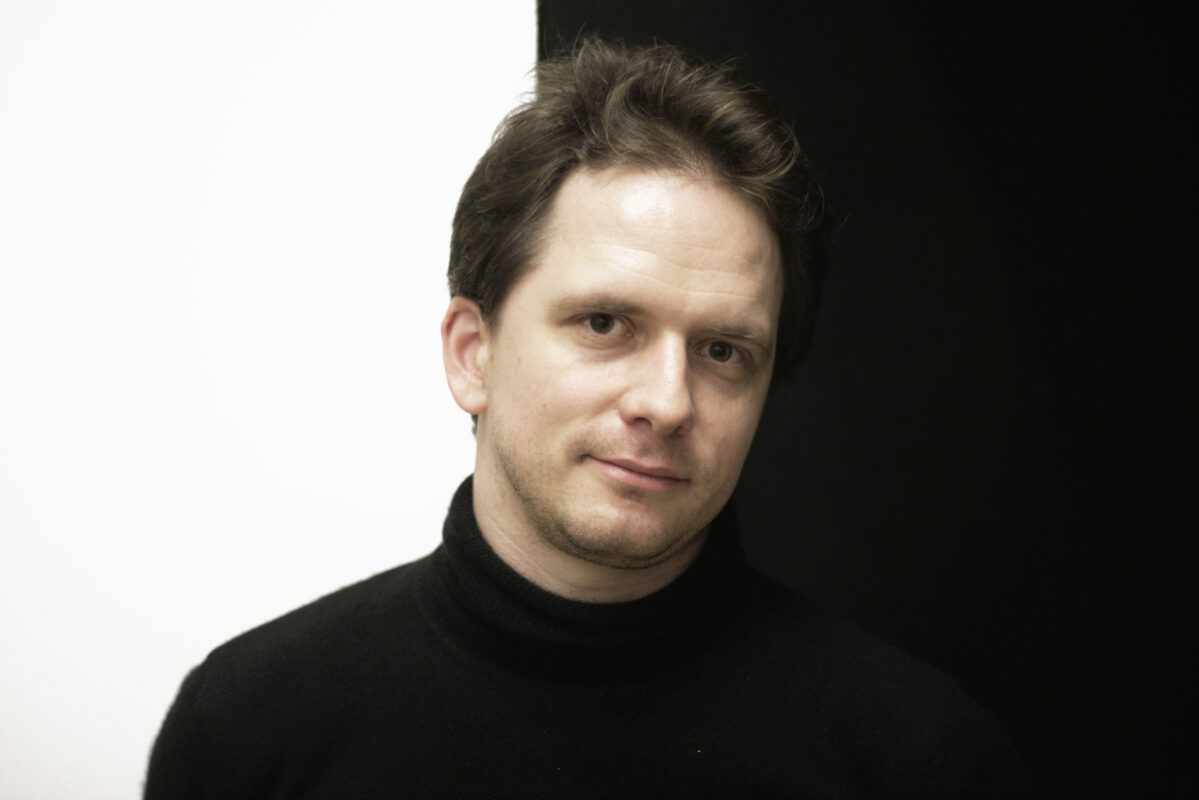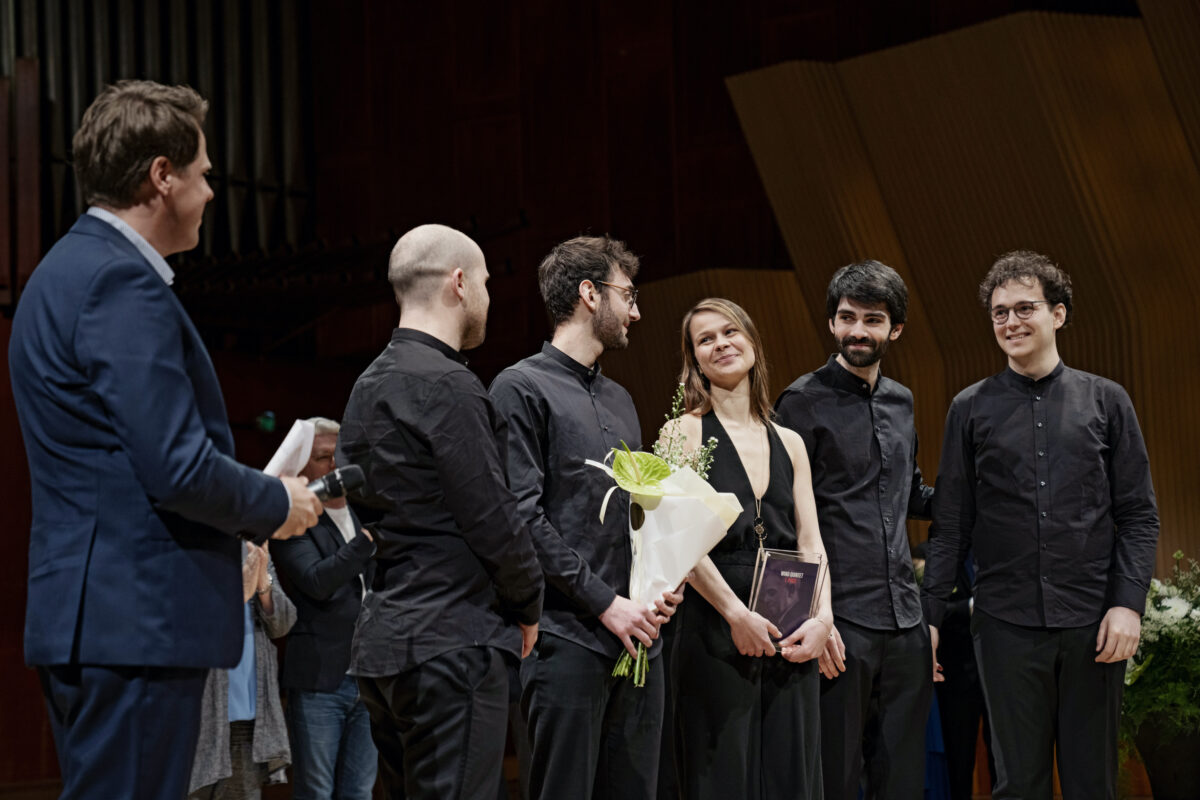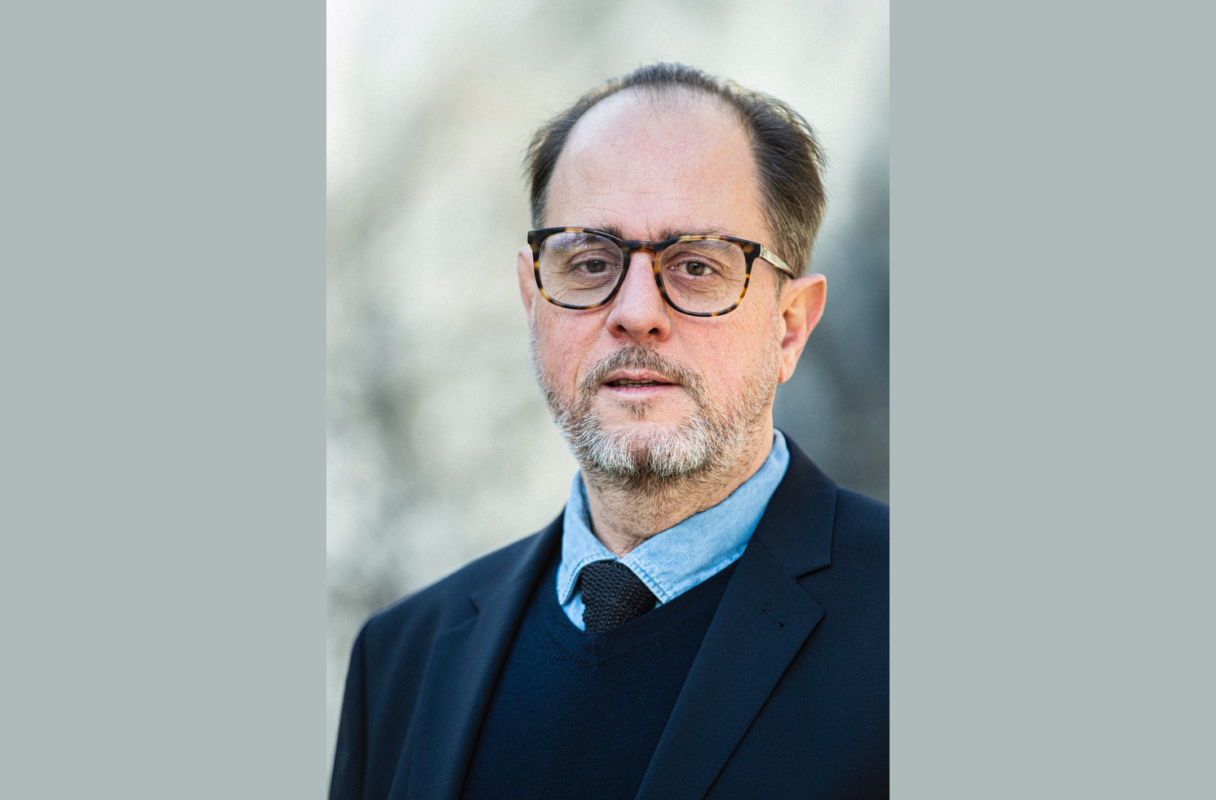A highly probable unpublished portrait of Chopin
The world of classical piano music is in for a big surprise: a previously unpublished image has been discovered in a private home by a connoisseur of Frédéric Chopin, Swiss physicist Alain Kohler.

Alain Kohler conducted an in-depth investigation with Radio France Internationale's Gilles Bencimon, himself an enthusiast of the musician. The two researchers came to the conclusion that it is in all likelihood a photographic reproduction of a previously unknown daguerreotype of Chopin. Probably taken around 1847 in the studio of Louis-Auguste Bisson, this is the third known photographic portrait of the composer.
Discovered at a private home
It was pure chance that led to this discovery. It was during a meeting with a private music lover that, while chatting in his living room, Alain Kohler noticed a disturbing image on the wall of a rather young, elegant figure with a dark face. Long familiar with portraits of Chopin, he immediately made the connection and began to wonder. He convinced the owner to allow him to make a copy of the document for further study. He then contacted a number of specialists in various fields and enlisted the active help of Gilles Bencimon to try and authenticate the document.
Meticulous comparisons with other portraits of the composer - photographic, painted, drawn, sculpted - are carried out. Comparisons soon leave little room for doubt: physique, expression, clothing, distinguishing marks, proportions and even the visible décor lead to the near-certainty that this is Chopin!
An enigma remains
Has the original of the very probable third Chopin daguerreotype unearthed also disappeared, like the other two already listed? Despite their best efforts and after consulting various authorized persons and institutions, Alain Kohler and Gilles Bencimon, who wish to share this discovery with the many admirers of the musician around the world, have been unable to find any trace of an original print. In this respect, they remain open to any information likely to help locate or, failing that, trace it.








